Executive Order Could Bring Alternative Assets to Your 401(k)
/Blog_Image_401k-executive-order_1000x500.jpeg?width=848&height=477&name=Blog_Image_401k-executive-order_1000x500.jpeg)
Estimated reading time: 4 minutes
Your 401(k) options could change soon.
On August 7, 2025, President Trump signed an executive order that may increase access to alternative assets and private-market investments in defined-contribution plans like 401(k)s.
The order seeks to “relieve the regulatory burdens and litigation risk” to allow employers that sponsor retirement plans to “apply their best judgment in offering investment opportunities to plan participants.”
Here’s what you need to know.
_______________
KEY TAKEAWAYS
- The executive order directs the Department of Labor (DOL) and SEC to revisit rules that may limit access to alternative assets in 401(k) and other defined-contribution plans.
- The goal is to reduce regulatory and litigation concerns for employers so they can use their judgment when offering plan participants access to alternative investments.
- The executive order does not fundamentally change ERISA, the 1974 law that created and governs retirement accounts. So, employers may still have to consider whether offering alternative asset funds aligns with their responsibilities as a fiduciary.
_______________
The Details of the Executive Order
The executive order includes a few action items for the Secretary of Labor and Securities and Exchange Commission (SEC).
Within 180 days of the signing of the executive order, the Secretary of Labor is instructed to reexamine the Department of Labor’s guidance regarding a fiduciary’s duties under the Employee Retirement Income Security Act (ERISA) of 1974, the act that created IRAs. Specifically, the Secretary is instructed to look at amending its guidance to make asset allocation funds with alternative assets more available.
The Secretary of Labor is also instructed to clarify the Department of Labor’s position on alternative assets and the appropriate fiduciary process associated with offering asset allocation funds including alternative investments. Specifically, the order advises the Secretary to consider the long-term benefits of increased diversification and long-term net returns of alternative asset allocation funds weighed up against their higher costs.
In addition, the Order instructs the SEC to collaborate with the Secretary of Labor to consider ways to facilitate investment in alternative assets in defined-contribution plans. This may involve revisions to existing SEC regulations, including those which place limitations on non-accredited investors and non-qualified purchasers in alternative asset investing.
Potential Benefits of Including Alternative Assets in Workplace Retirement Plans
There are two potential benefits that could arise from increasing access to private market opportunities in qualified retirement plans: diversification and the potential for higher returns.
According to Morningstar, there are roughly 25 times more companies in the private markets than in the public markets. Opening up the private markets could mean a significant increase in diversification opportunities in retirement plans.
With regards to returns, some studies show that private equity funds can outperform the public markets over long time horizons. Though, other studies report that the high costs of private equity funds often erase any private market gains compared to investing in low-cost public market funds.
Potential Downsides of Including Alternative Assets in Defined-Contribution Plans
There are two primary downsides to including alternative asset allocation funds in defined-contribution plans: cost and risk.
In the public markets, common expense ratios for an index or mutual fund fall between 0.03% and 0.3%. This means for every $1,000 you invest, the company that manages the fund takes between $3 - $30 each year.
Private funds typically have much higher costs. A common model in private equity is Two and Twenty—the fund charges investors a 2% fee on their total committed capital per year plus 20% of any profits above a certain level. In order to outperform a comparable mutual fund, the private fund would have to average a near 2% greater annual return. This can be incredibly difficult even for the savviest of private equity firms.
The other potential downside is risk. Private market investments typically don’t afford the transparency and regulation of investments on the public markets. In addition, these companies are often less mature and generally have a higher probability of total collapse when compared to public companies.
What Does This Mean For Your 401(k)?
In the near future, likely not much.
There has never been a law prohibiting 401(k) plan sponsors from offering private market investments to employees. However, employers traditionally have only offered publicly traded securities and target-date funds as they have a fiduciary duty to their plan participants to provide prudent investments. If an employee invests 100% of their 401(k) funds on an imprudent investment that plummets in value, employers fear they could be liable.
This executive order does not fundamentally change ERISA, the law that created and governs modern retirement accounts. For now, the law still requires employers or plan administrators to act in the best financial interests of their employees. So, plan administrators will likely still have to consider whether assets like cryptocurrencies or private market funds are prudent investment options.
That said, if you’re eager to start investing in private market assets with your retirement funds, you could consider a self-directed IRA (SDIRA). An SDIRA is simply an IRA that offers more investment options than a standard IRA from a bank or brokerage.
Simply open an account then transfer or roll over funds from an existing IRA or old 401(k) to invest in alternative assets. Yes, you can invest in allocation funds, but you can also invest in gold, mortgage notes, or even the house down the street.
Want to learn more about SDIRAs? Download our free SDIRA Basics Guide.
And if you have questions about the executive order, let us know by filling out our Contact Us form.





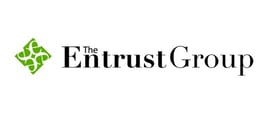






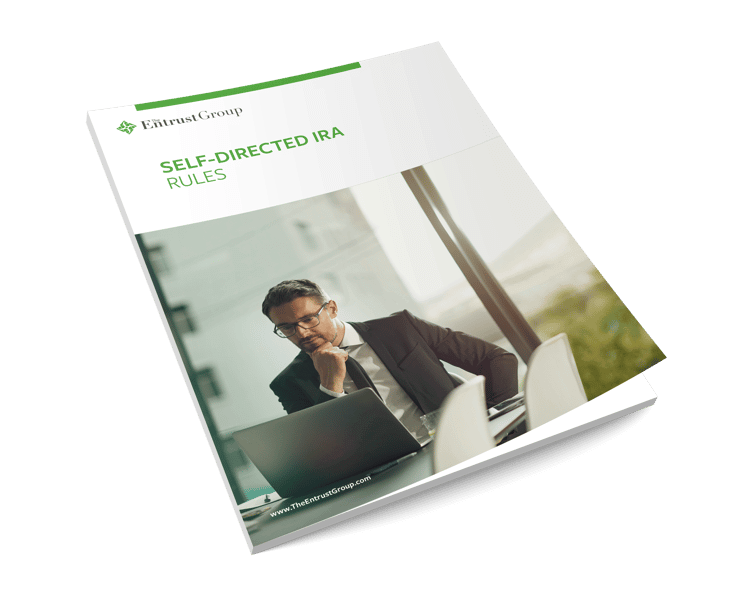
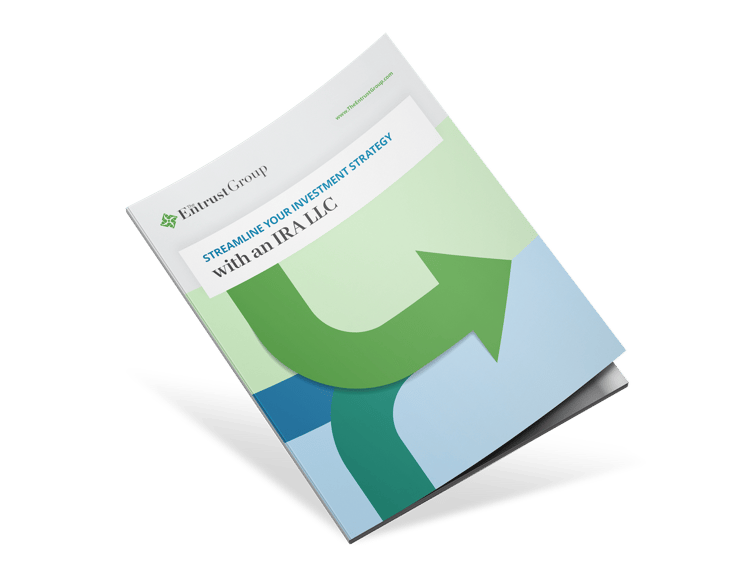

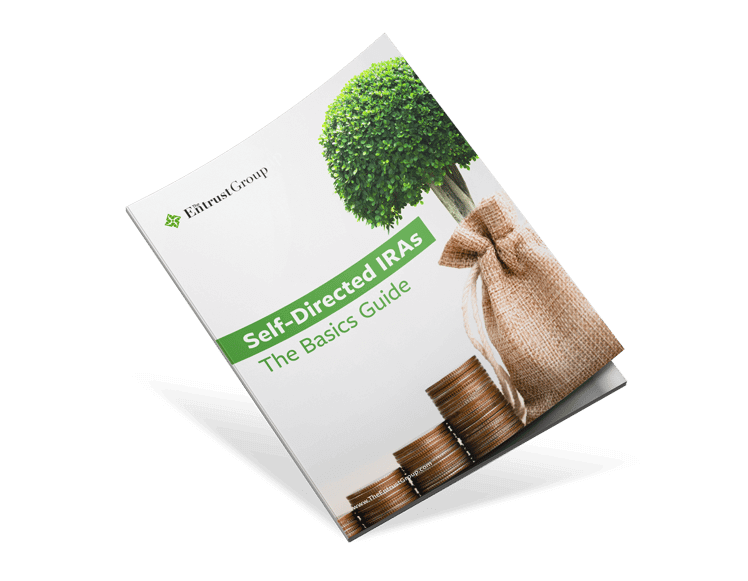


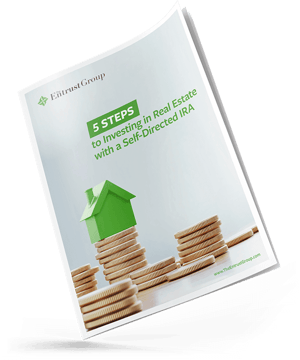


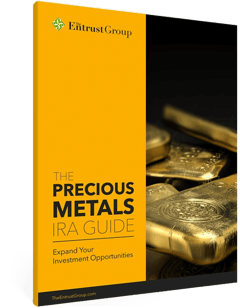

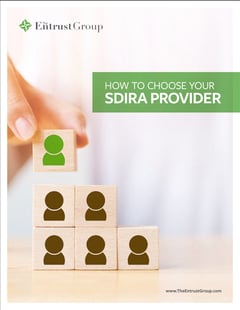
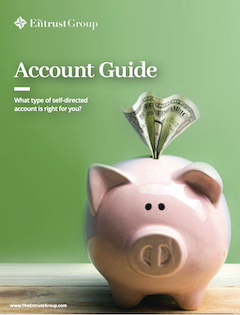
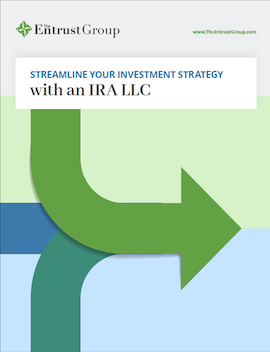

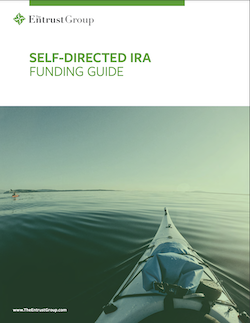
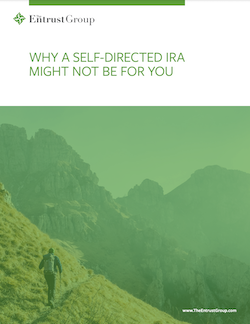
0 Comment